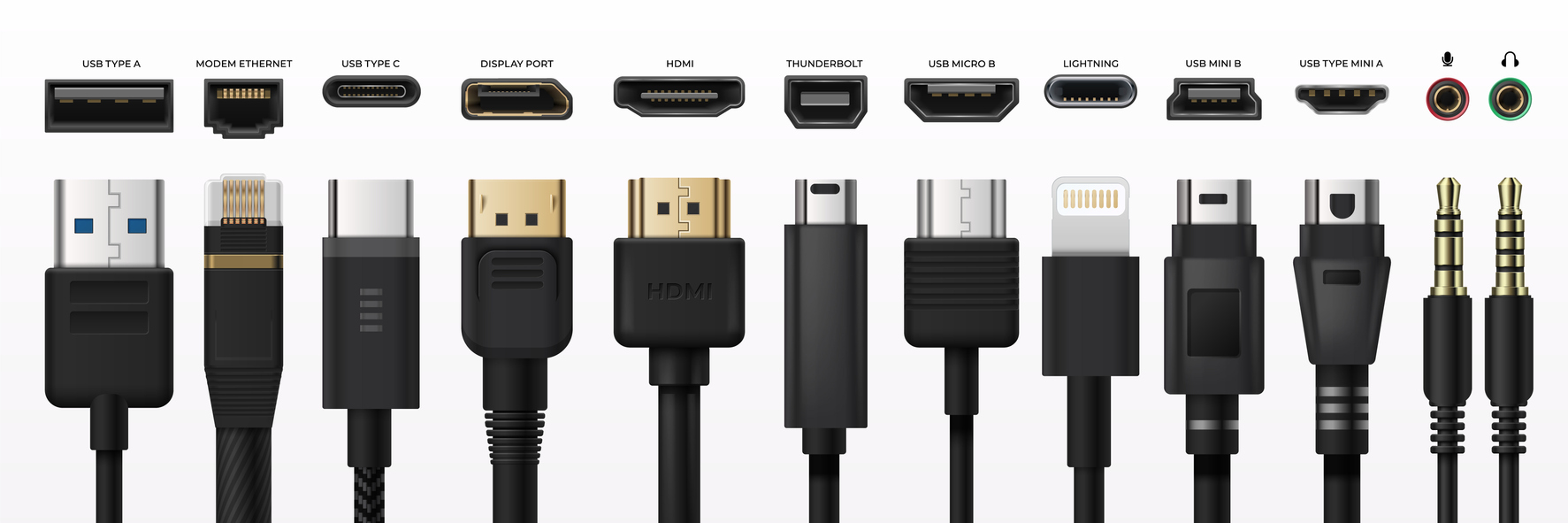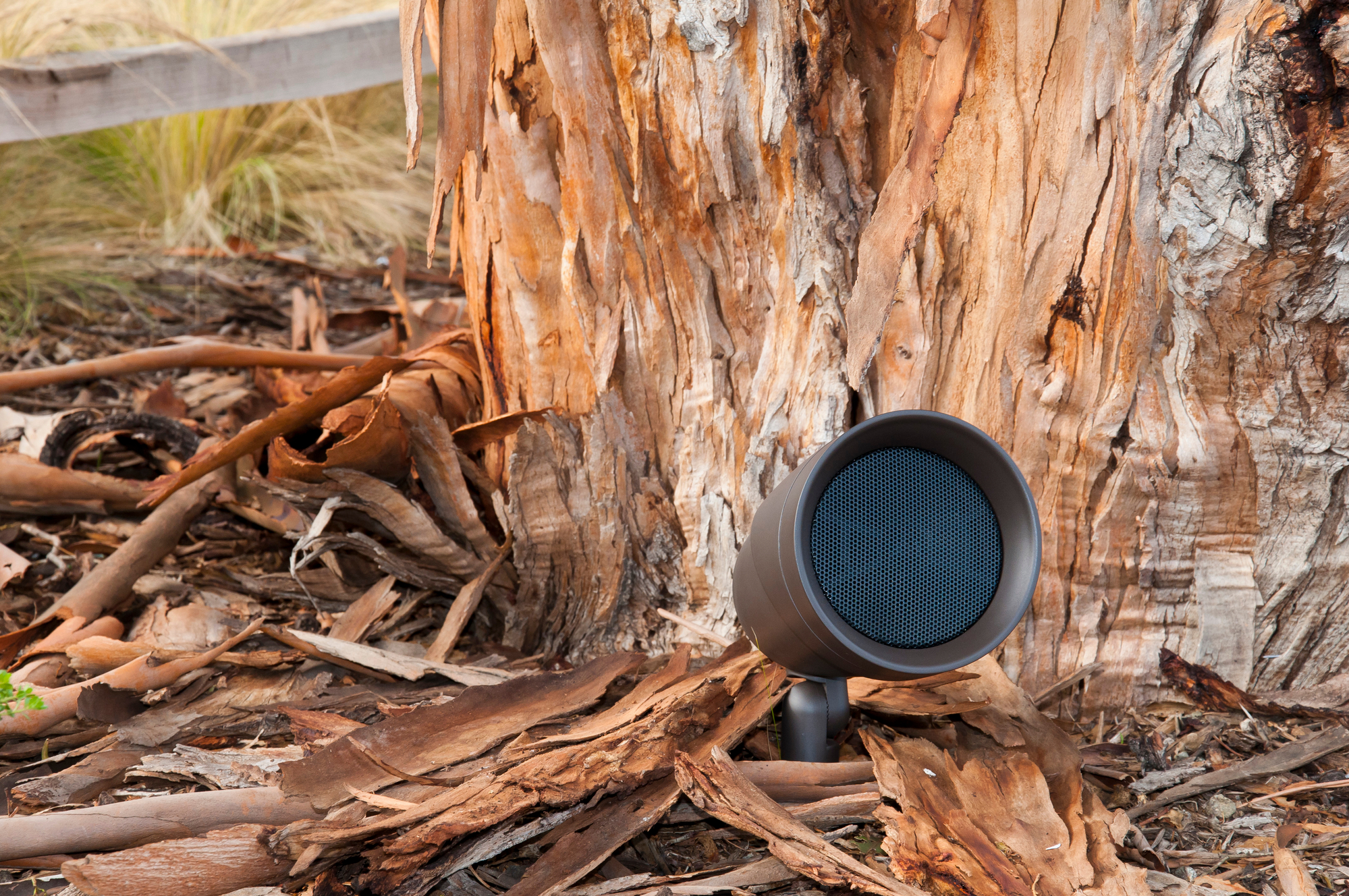Know Your Cables 101: The Importance of Using the Right Cables
When you open a new TV, it doesn’t come with any cables -- only the power cord. When you open a new gaming system or Blu-ray player, or set up a new cable or satellite receiver, it often provides a basic patch cable -- typically an HDMI cable.
As your technology solutions provider, one of our core tasks here at AV Design Consultants is to connect all of your electronics, and that normally means a discussion on cables. If you want to get the best-quality picture and sound out of your devices, you’ll need to know about the cables and settings on your equipment. If you leave out either, you may not be getting the best experience -- and neither of us want that.
If you’re like most of our customers and have legacy devices, you have probably collected a myriad of red, white, yellow, green and blue color-coded cables (composite, component and left/right audio). Add those to the mix with coaxial, ethernet, fiber optic, and speaker wires (s-video, DVI, USB), and that drawer of extra cables can become quite the rat’s nest. So, this week’s blog is going to be all about cables, and we think it will really help our readers learn a thing or two about what’s connecting their devices.
Copper Conundrum
Most cables -- except fiber optic -- have one thing in common: copper. They use a copper conductor to send information. When it comes to cables, it is true that copper is copper, and one manufacturer doesn’t have a patent on a better version of copper. But there are differences in cable design, and you should go in with some understanding before you end up with either an underperforming cable or spending way too much unnecessarily.
Wireless Fidelity
While wireless technology like Wi-Fi and Bluetooth has become a necessity, it does not provide the means for connecting many of your home’s electronics. “Wireless” rarely means a device is truly wireless; often they still need to plug in to power. Further, to reduce the demand on your Wi-Fi system and to increase performance, every effort should be made to hardwire your devices and free up Wi-Fi bandwidth for devices that truly need it, like your phones, tablets and laptops.

Connecting Cables
If you dig through that drawer and find one with the right connector, the next question is whether it is long enough to connect your devices. The length of the cable becomes an important consideration. The longer you need to go, the larger the gauge of the copper conductor needs to be. And this is true for any of these connections.
This most often comes into play when connecting your speakers, since the power of your amplifier and the engineering of your speakers is directly impacted by the gauge and length of the two-conductor or four-conductor speaker wire. In our installation and service adventures, we have found speakers connected with lamp cord. Buyer beware: there is a difference, and it’s in the gauge of wire!
And it matters.
Lamp wire is a loosely stranded 18-gauge pair of wires. It is not even close to the quality of the properly gauged and constructed speaker wire, which “can typically come in any guage from 18 to 10.” The goal is to find the most cost-effective, proper-gauge wire for your application -- and if you aren’t sure what gauge you need, we can help. We’re always ready to help people looking for wire recommendations, so give us a call at 479-365-2201 anytime!
Structured Wiring
When it comes to building or remodeling a home, we always recommend structured wiring. You are always going to need cabling. The question of futureproofing does come up a lot, so we wanted to make sure to address that from the integration side of things.
Really, the only way to future proof is to provide pathways or conduits between those designated areas where customers may want equipment. By today’s standards, the cable that allows for the most bandwidth with the least amount of issues is fiber optic. Since not many equipment connections within the home use fiber-optic terminations, not very many homes are prewired using it. However, fiber optic is a must for large estates and commercial applications because fiber optic can go the distance where copper wiring maxes out, sending signals a maximum of 330 ft.
Most homes, even big ones, still accommodate and receive the benefits of being set up with structured wiring using traditional copper cables, typically coaxial or ethernet cables. This is because your service provider is delivering your TV, internet, and phone using one of these types of connections.
Most patch cables end with RCA ends. In the case of the red/white audio cable, there are two of these run together. For the red/green/blue component cable, the cable will have three of these molded together. How each layer is constructed varies depending on if it is for a short patch cable or for a long cable that needs to run from the side of your garage upstairs to the master bedroom.
Ethernet + HDMI
Ethernet cables have several varieties, too. The higher the category of ethernet, the more bandwidth it can handle. You may find CAT3 cables in some older homes, but CAT3 no longer supports today’s requirements. Today, you need at least CAT5, but many integrators have CAT6 as a standard. The magic of category cable is its versatility, carrying a multitude of signals over distance and then seamlessly converting them to the common connections you’re used to seeing, like HDMI. It’s this versatility that makes it a must in structured wire plans.
As you can see, there is a lot that goes on inside these cables. And to make sure we circle back to that patch cord mentioned at the beginning, the one that comes in the box for many devices: HDMI.
HDMI is designed for relatively short distances, although there are some 50’ lengths and longer available. This type of connection is delivering both audio and video, and the HDMI standard has been evolving and improving with the times.
We also should mention that HDMI is backwards compatible. So, even if you have an older TV (perhaps built on the HDMI 1.0 standard), it will still work when using more modern sources and cables, it just won’t have the ability to handle the bandwidth and display the content and the best available rate and resolution. As of this writing, the most current standard for HDMI is 2.1.
That was a lot -- but if you still have questions, we’re here and ready to help. Give us a call at 479-365-2201 today!
When you subscribe to the blog, we will send you an e-mail when there are new updates on the site so you wouldn't miss them.





